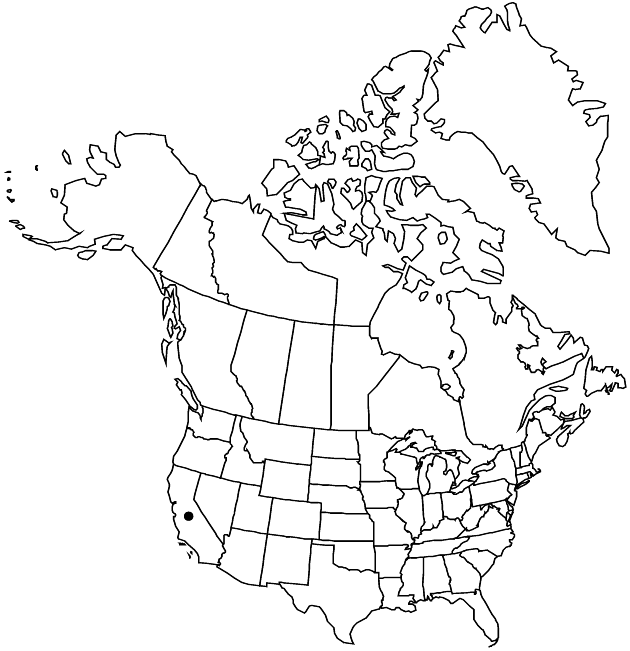Difference between revisions of "Anisocarpus scabridus"
Novon 9: 463. 1999.
EndemicConservation concern
Basionym: Raillardella scabrida Eastwood Bull. Torrey Bot. Club 32: 216. 1905
Synonyms: Raillardiopsis scabrida (Eastwood) Rydberg
imported>Volume Importer |
imported>Volume Importer |
||
| Line 64: | Line 64: | ||
|publication year=1999 | |publication year=1999 | ||
|special status=Endemic;Conservation concern | |special status=Endemic;Conservation concern | ||
| − | |source xml=https:// | + | |source xml=https://bitbucket.org/aafc-mbb/fna-data-curation/src/2e0870ddd59836b60bcf96646a41e87ea5a5943a/coarse_grained_fna_xml/V19-20-21/V21_735.xml |
|tribe=Asteraceae tribe Heliantheae | |tribe=Asteraceae tribe Heliantheae | ||
|subtribe=Asteraceae (tribe Heliantheae) subtribe Madiinae | |subtribe=Asteraceae (tribe Heliantheae) subtribe Madiinae | ||
Latest revision as of 21:14, 5 November 2020
Plants 10–50 cm (stems hirsute and stipitate-glandular). Leaf blades blue-green to grayish blue-green, 10–30 × 1–4 mm, margins entire, apices acute or obtuse. Involucres broadly ellipsoid to campanulate, 6–12 mm. Ray florets 0 or 1–3. Disc florets 5–23, bisexual, fertile. Ray cypselae ± obcompressed, 6–8 mm. Disc pappi of 11–21 subulate, ciliate-plumose scales 4–7 mm. 2n = 14.
Phenology: Flowering Jun–Sep.
Habitat: Open ridges and slopes, on metamorphics
Elevation: 1600–2400 m
Discussion
Of conservation concern.
Anisocarpus scabridus occurs mostly in the Inner North Coast Ranges, with interior outliers in the southern Cascade Range.
Selected References
None.
Lower Taxa
None.
